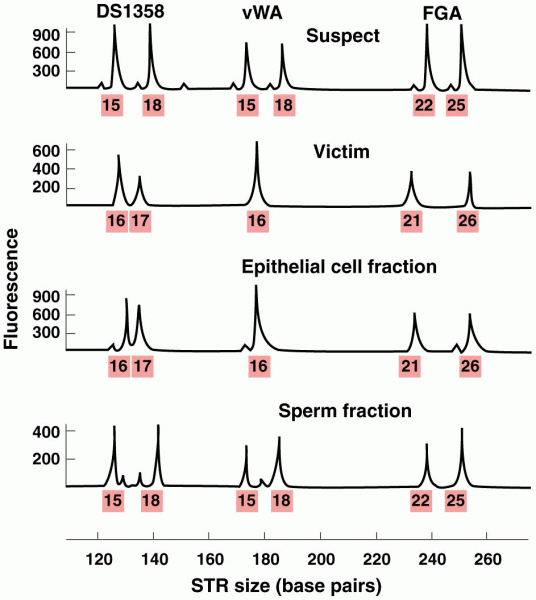All it takes is a few nightly news stories showing young bodies being wheeled out of schools on gurneys to convince the world that violence in our schools is increasing. Certainly, it is shocking when a couple of adolescents open fire in a school with semiautomatic weapons. It is shocking when a sixteen-year-old in Pearl, Mississippi, stabs his mother to death and then shoots two classmates to death and wounds several others. When adolescents are depicted on the evening news, it is often in the context of violence, particularly at schools. In fact, according to the Justice Department's Bureau of Justice Statistics and the Department of Education's National Center for Education Statistics, crime in the nation's schools has been decreasing since 1993. Victimization rates at schools have dropped from 48 crimes per 1,000 students to 43 crimes per 1,000 students. The fact is, only one-half of 1 percent of juveniles are arrested for violent crime in any given year today. School shootings are still extremely rare; they are not on the increase. In the 1992-1993 school year, there were fifty-five school-associated violent deaths. In the 2001-2002 school year, there were only four. Indeed, adolescents are not really killing other adolescents at an increasing rate. They rarely kill one another. Less than 3 percent of homicides in the United States involve an individual under the age of eighteen killing another person under eighteen. Nevertheless, Americans believe that juveniles are responsible for 43 percent of all homicides. In fact, they are responsible for only 9 percent. The Wall Street Journal took a poll a few years ago. Seventy-one percent of respondents believed that a killing was likely in their schools. In reality, the chances of that happening are one in a million. Perhaps as a result of a misguided perception about school violence, we are in an era of zero tolerance. Authorities seize not only weapons and illegal drugs at school, but also nail clippers, asthma inhalers, and headgear. Even though less than 1 percent of all violent incidents involving teen-agers occur on school grounds, authorities believe that zero tolerance is necessary. As a consequence, a large number of innocent schoolchildren are being accused of violating the rules. Sometimes, accusations border on the bizarre. In one case, a six-year-old was apprehended for bringing a weapon to school. The weapon was a plastic knife given to him by his grandmother so that he could spread peanut butter on his sandwich. Certainly, it is shocking when a couple of adolescents open fire in a school with semiautomatic weapons. This sentence is a statement of
a. opinion.
b. fact.
Question 2
All it takes is a few nightly news stories showing young bodies being wheeled out of schools on gurneys to convince the world that violence in our schools is increasing. Certainly, it is shocking when a couple of adolescents open fire in a school with semiautomatic weapons. It is shocking when a sixteen-year-old in Pearl, Mississippi, stabs his mother to death and then shoots two classmates to death and wounds several others. When adolescents are depicted on the evening news, it is often in the context of violence, particularly at schools. In fact, according to the Justice Department's Bureau of Justice Statistics and the Department of Education's National Center for Education Statistics, crime in the nation's schools has been decreasing since 1993. Victimization rates at schools have dropped from 48 crimes per 1,000 students to 43 crimes per 1,000 students. The fact is, only one-half of 1 percent of juveniles are arrested for violent crime in any given year today. School shootings are still extremely rare; they are not on the increase. In the 1992-1993 school year, there were fifty-five school-associated violent deaths. In the 2001-2002 school year, there were only four. Indeed, adolescents are not really killing other adolescents at an increasing rate. They rarely kill one another. Less than 3 percent of homicides in the United States involve an individual under the age of eighteen killing another person under eighteen. Nevertheless, Americans believe that juveniles are responsible for 43 percent of all homicides. In fact, they are responsible for only 9 percent. The Wall Street Journal took a poll a few years ago. Seventy-one percent of respondents believed that a killing was likely in their schools. In reality, the chances of that happening are one in a million. Perhaps as a result of a misguided perception about school violence, we are in an era of zero tolerance. Authorities seize not only weapons and illegal drugs at school, but also nail clippers, asthma inhalers, and headgear. Even though less than 1 percent of all violent incidents involving teen-agers occur on school grounds, authorities believe that zero tolerance is necessary. As a consequence, a large number of innocent schoolchildren are being accused of violating the rules. Sometimes, accusations border on the bizarre. In one case, a six-year-old was apprehended for bringing a weapon to school. The weapon was a plastic knife given to him by his grandmother so that he could spread peanut butter on his sandwich. The tone of this passage is
a. argumentative.
b. ironic. c. apathetic. d. objective.







